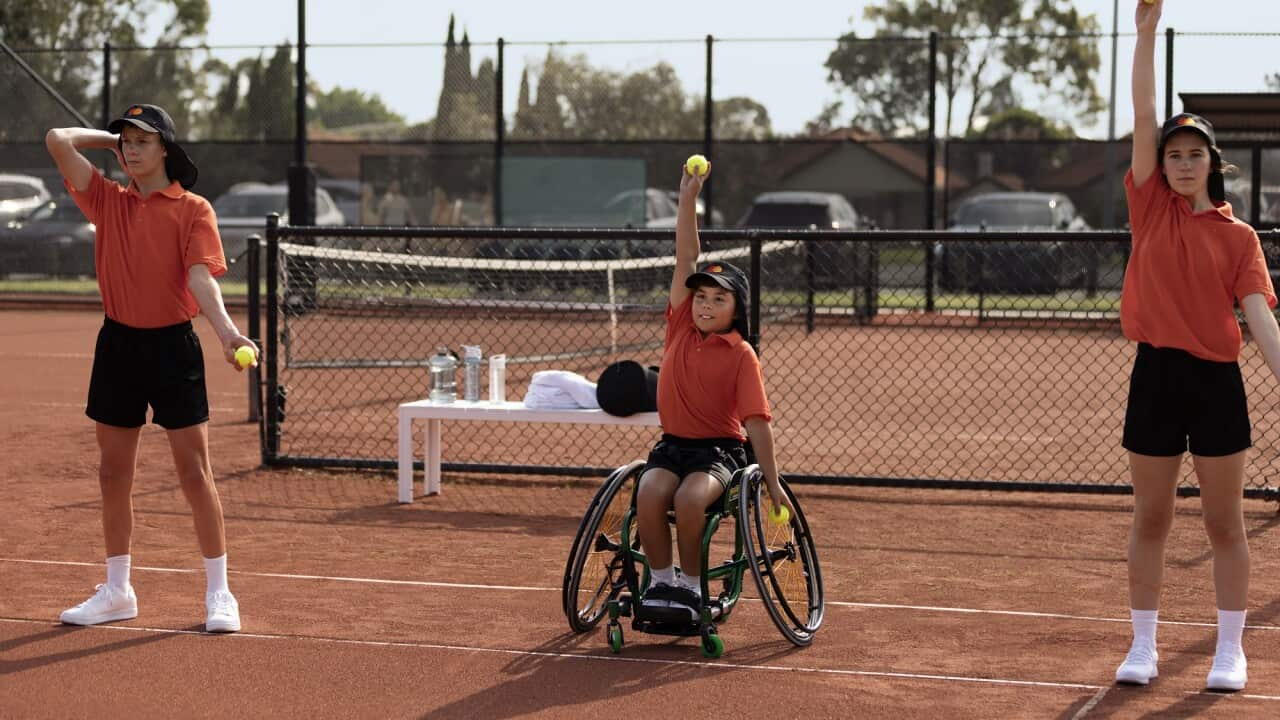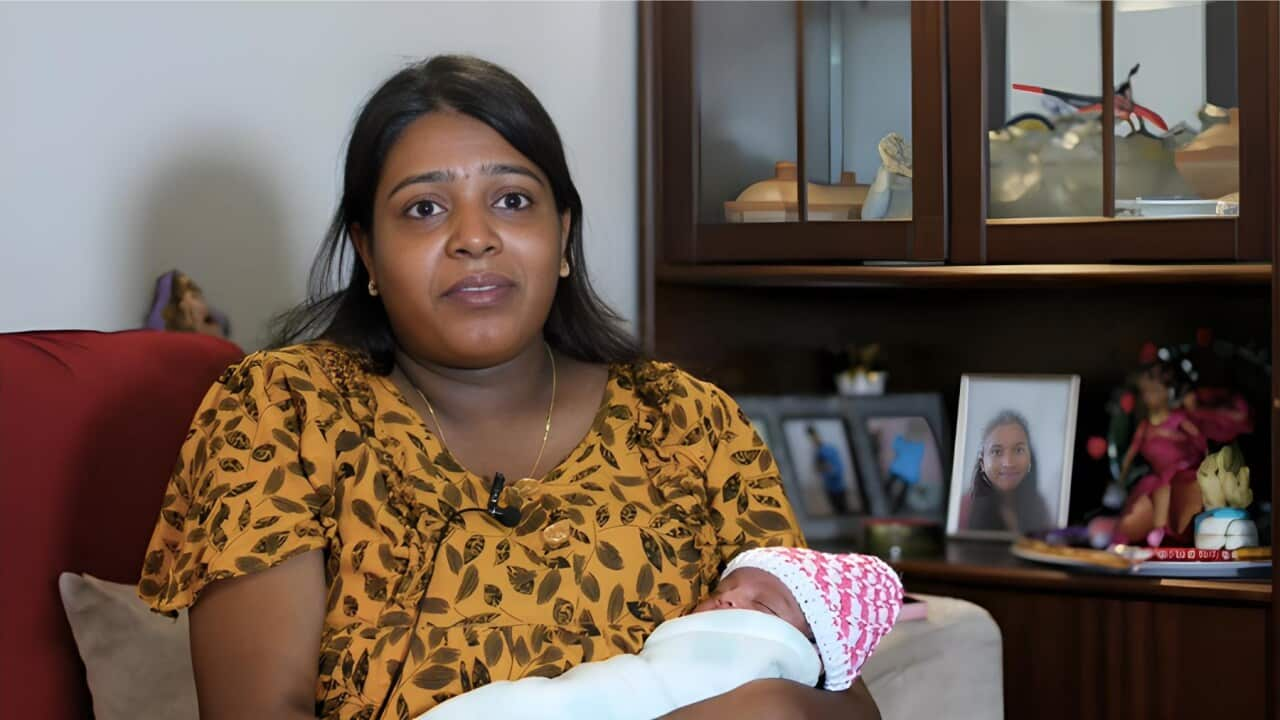At the age of 11, Sonny Rennison has the world at his feet.
He started playing wheelchair tennis at the age of five, inspired by Dylan Alcott and Heath Davidson - the winners of four straight Australian Open quad doubles trophies.
He was born with a rare genetic condition that affected the heads of his thigh bones, multiple epiphyseal dysplasia, but he says that doesn't hold him back.
"I've been playing tennis since I was five. And thanks to Heath Davidson and Dylan Alcott for helping me get into it. They invited me on court and introduced me to my coach now Crumpie (Greg Crump) who I train with twice a week. I am really excited. Hopefully, I will be playing on the Rod Laver one day playing in the final in the AO. That is where I am going to aim for."
He is now ranked 15th in the world in the junior singles category for wheelchair tennis (by the International Tennis Federation).
And now he is one big step closer to being the first wheelchair ball kid in Australia and the world.
"I am kind of nervous because obviously no-one has ever since a wheelchair ball kid. No one has ever seen this take before. But I am really excited to use it (new 3D technology to pick up balls) - and to show the world what wheelchair people can do."
He is currently participating in a pilot program to be trained as a ball kid to the standard required by tennis players at Grand Slam tournaments.
A ball collector and ball holder were developed using a 3D printer specifically for the task.
Professional ballkid assessor, Diana Sutterby, headed the training, with input from five ballkids with major tournament experience, to cover all the tasks needed: including how to communicate on court, rolling techniques and court movement.
Sonny says he has been getting more practice with the new technology - and is looking forward to the possibilities once he graduates from the program.
"I am hoping that I will be able to just keep doing what I'm doing and be a ball kid. And thanks to Diana for helping me be the ballkid that I am now. Hopefully, I will be able to be ballkidding on one of those big courts. But I'm going to start off small and take some baby steps."
The pilot program was unveiled during this year's Australian Open by tournament sponsor Mastercard at an event at Kooyong Park.
The company worked with creative technology production company Streaker and disability consulting firm Get Skilled Access to get the program off the ground.
Richard Wormald is Mastercard's Australasia division president.
He says the initiative builds on the company's charitable work through its foundation - and the role the company sees itself playing in promoting disability inclusion in society.
"And this is just the start of hopefully a journey to seeing more kids with a disability participating more broadly in tennis. We basically built some technology to make it easier for Sonny to pick up the balls when he is in his wheelchair. And so hopefully we can get that being used more broadly by more kids."
Paralympic gold medallist Heath Davidson provided input for the pilot program; and the specially designed ball collector and ball holder.
He says it is an important milestone for adaptive athletes to be seen in this light.
"To me, it's super important. Growing up and never seeing people with disabilities - or people in wheelchairs on TV at major tournaments. I was like: that's interesting. Fast forward to now we've got elite wheelchair tennis players on court at the Australian Open and other Grand Slams around the world. And I have always said: Why can't we have someone in a wheelchair be a ball kid. I mean it is a pilot - and Sonny is doing a pretty good job already. I'm hoping in the future that we can see him on some stadium courts and Grand Slams; and it just being a normal thing to flick on the TV in the major events - and see someone in a wheelchair throwing balls to able-bodied players."
Ayden Shaw is general manager of Disability Sports Australia, which has been working to build grassroots participation.
He says it is encouraging to see this development.
"There are so many partners that are really looking at what can we do to not just a very short-term great news story, but something that is sustainable, meaningful; and hopefully something that can become sector-changing as well. Why couldn't a ball kid do the same for AFL. Or why can't this be used for cricket? There are so many different applications with what they're doing with Sonny - that could be useful now in the future."
He says more corporations are getting involved in supporting disability sports - and he welcomes it, but it's important the engagement goes beyond merely tokenistic.
"And we talk about social responsibility - or corporate social responsibility. You then have to back your actions up with your actual business model. So making sure that it is not just that you're partnering with a disability organisation - but is your website accessible? Is your content accessible? There are so many other factors that I think that from engaging with people with disability - or engaging with disability organisations - corporates then have the chance to think: actually let's apply that lens to us. And certainly that is what we've seen with a number of partners."













